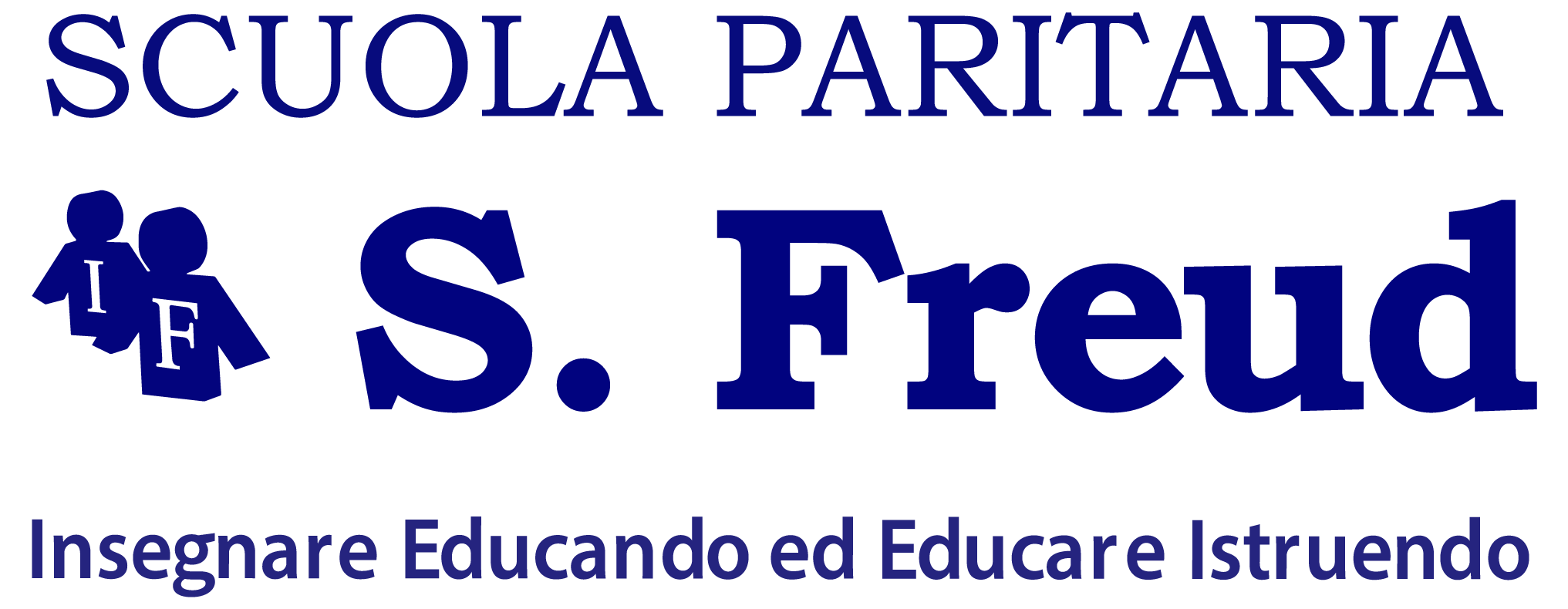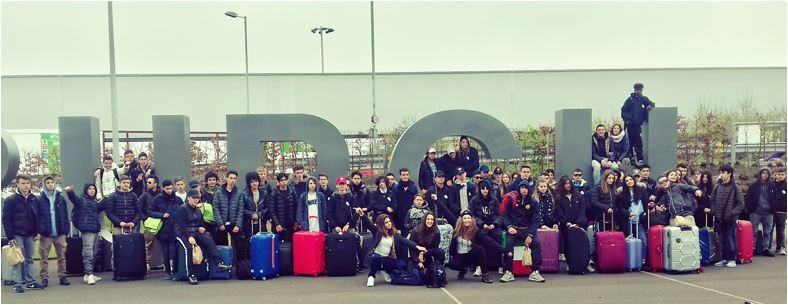For the 2016 -2017 school year, the Travel Committee of the Freud Equal School has decided on the city of Edinburgh, the beautiful capital city of Scotland, as the destination for the school's annual Study Trip - Language Internship.
The internship takes place from April 19 to May 2, 2017. Participants are the students of the two-year and three-year courses of the Computer Technology Technical and Tourism Economic Technical addresses.
The selected formula is overnight stay with a family and college classes in the morning.
All of this is enriched for the students of the Two-year course by an interesting social program in which educational outings alternate with play and learning experiences. Three-year students, on the other hand, carry out Alternative School Work activities in the afternoon hours.
Accompanying the Trip are Prof. Bruno Maria Rita, Prof. Lo Bue Giuseppa, Prof. Tomasi Claudia and Prof. Tremolada Giorgia: a close-knit and very organized group, who will excellently lead the trip ensuring safety, learning but also a lot of fun and human contribution to our students!
THE CITY.
The capital of Scotland, with two million tourists a year, Edinburgh is the second most visited city in the United Kingdom after London: all renovated and modern, it is definitely a city worth visiting. Rich in charm and atmosphere, it has been listed by UNESCO as a World Heritage Site. Its main characteristic is the variety of urban spaces it offers, the result of its history, a mix of past and present, tradition and innovation.
The medieval core of the city was formed around the imposing castle built on top of a volcanic cone. Castle Rock is a hill whose earliest inhabitants (the oldest records date back to 850 B.C.) were probably attracted by the very presence of this natural defensive rise. From the Royal Mile, the main street of the center that is precisely about a mile long, emerge the many "closes," narrow and steep alleys that descend toward the base of the hill through endless flights of steps and lead into small squares and small open spaces between the ancient buildings.
This street axis, actually the sum of four different roads, connects the ancient Edinburgh Castle (one of the most visited monuments in the United Kingdom) with the modern building of the new Scottish Parliament, a leap between the past and the future of this country rich in history and traditions thousands of years old. Fame as a modern city, however, only attaches to Edinburgh from the 12th century onward, when various urban development plans for the city followed one another for a hundred years. It was during this period that the old city began to be contrasted with the new city in neoclassical taste, consisting of wide, expertly paved avenues, public parks and squares of ever-changing shapes.
Over the years a mesh of orthogonal streets developed at the foot of the castle parallel to Princes Street, a true watershed between neoclassical order and harmony and the tortuous design of the old town; a sober and elegant urban development that doubled the size of the city and in a few decades brought Edinburgh's "New Town" to international attention early on, becoming an admirable prototype of urban expansion to be followed or referred to for similar neoclassical-looking developments of the period.
Walking through this new part of the city, one appreciates the sequence of planned open spaces, manicured gardens overlooked by buildings with rounded corners, rounded forms embracing squarish ones, windows protruding from noble facades to capture as much natural light as possible, an element that is unfortunately often in short supply in these parts all year round.
But Edinburgh is not only dense with history and surrounded by wonderful views. The city has also been able to renew its image as a young European capital with contemporary architectural works that have ended up in the most important magazines in the field. The new Scottish Parliament building by architects Miralles-Tagliabue and the expansion of the Museum of Scotland by Benson-Forsyth are just the highlights of contemporary architecture in Edinburgh.
These projects, which heralded the beginning of a new renaissance for the city, have been followed by others of lesser importance but no lesser quality, a new look for a city that over the years has been able to play with its different faces, from the medieval one of the old town to the composed and restrained one of the nineteenth-century avenues to the innovative forms of modern buildings, yet without ever losing charm (http://siviaggia.it/viaggi/europa/edimburgo-cosa-vedere-nella-capitale-della-scozia/119299/)
THE SCHOOL.
Very close to the boutiques of Princes Street and the quiet little garden of St Andrew's, our partner school "Edinburgh Language Centre" overlooks the prestigious Georges Street in the heart of the city. The school occupies three floors of a Georgian-style building and offers magnificent views of the old city and its medieval castle. In its 15 bright classrooms, students, from all parts of the world, will be able to participate in engaging, high-quality courses taught by experienced teachers who love to teach their native language, while in the resource center they will have the opportunity to supplement what they have learned in class thanks to the computers, CDs, DVDs, books and newspapers placed at their disposal.Free Wi-Fi is available throughout the building. During breaks, a large common room with a big-screen television will be the ideal meeting place for lively conversations with other international students. If you wish to explore the city, you won't find a better starting point: in fact, the school is surrounded by some of the most fashionable cafes, pubs, and boutiques in the Scottish capital!
Each day, the activities, experiences, emotions and lived experience of Edinburgh will be recounted in a veritable BOARD DIARY....
Follow the reports of the EDUCATIONAL TRIP TO EDINBURGHOF THE PRIVATE SCHOOL S. FREUD HEREI!


